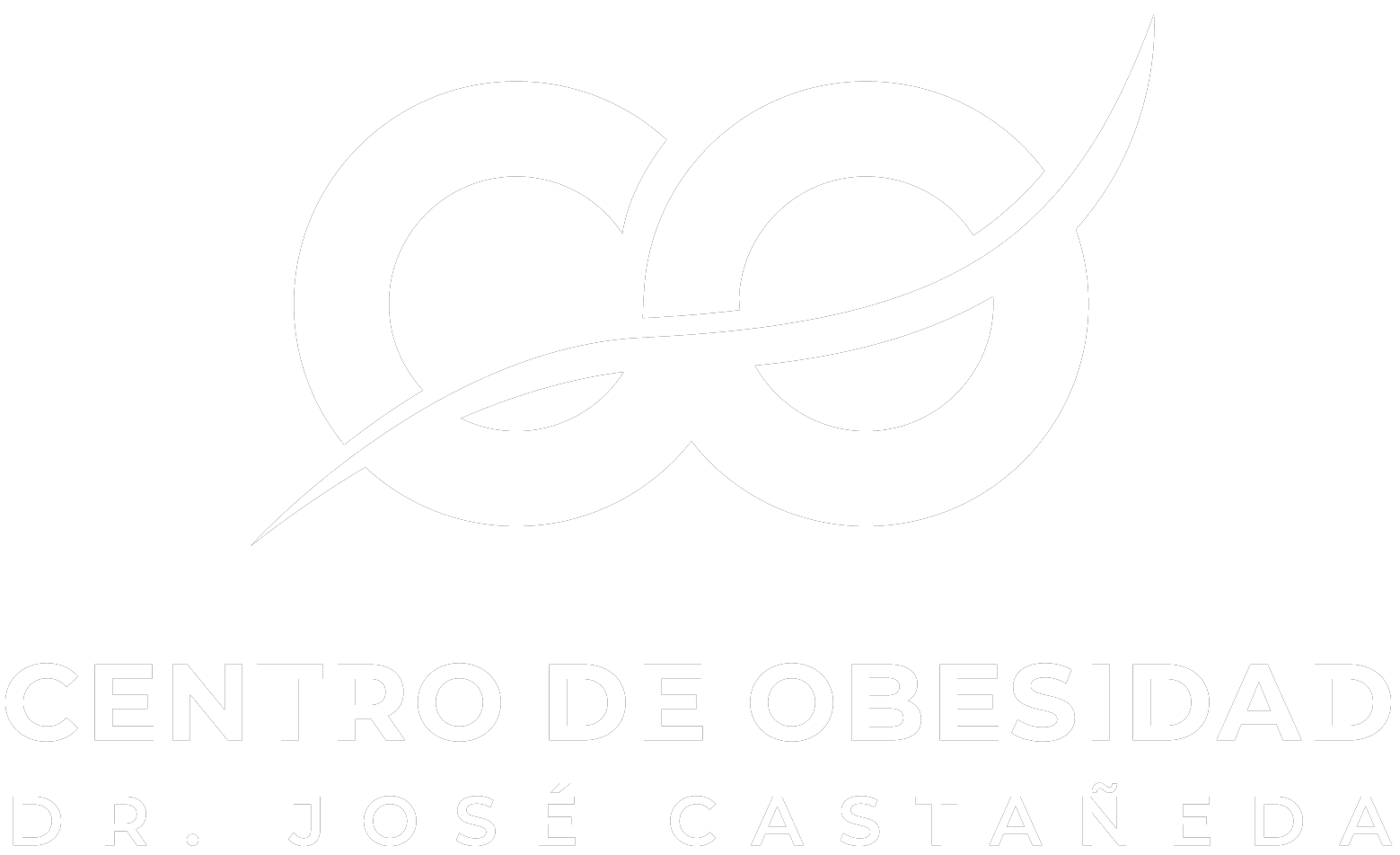Gastric Bypass
What is a Gastric Bypass?
GASTRIC BYPASS PROCEDURE:
1.- Arrival of the patient to the hospital.
- Personal information is taken from the patient to enter the operating room area.
- An intravenous line and antithrombotic compression socks are placed on the patient.
- The Anesthesiologist interviews the patient to go into the operating room.
- The patient is put under anesthesia to clean and prepare its skin, and dressed in sterile clothing.
2.- Approach:
- Minimally invasive surgery.
- 5 small incisions are made in the abdominal wall.
- CO2 is introduced into the abdominal cavity to create an optimal working space.
- Introduction of work ports, an inspection of the abdominal cavity is made.
3.- Technique:
- Preparation of Gastric Pouch (15-30ml) through endoscopic stapling (Restriction)
- Re-construction of the gastrointestinal tract (Malabsorption)
a) Biliopancreatic loop: the small intestine is divided approximately 45 cm below the outflow of the lower stomach and it is re-organized in a Y configuration, this loop carries bile juices and pancreatic enzymes.
b) Food handle: a segment of the small intestine joins the gastric pouch and connects with the biliopancreatic loop at 2-2.8 meters.
- Trans operative tests are performed with dye to verify the tightness of the joints.
- Work ports and CO2 are extracted, and abdominal wounds are closed both internally and externally.
Gastric Bypass post-operative
1.- The patient goes to the recovery room and later to its personal room.
2.- The patient can start walking the same day.
3.- The next morning a test is done through water-soluble contrast and fluoroscopy to verify that there are no leaks and that liquids are not going to the intestines.
4.- The patient will start taking in clear liquids and will experience a quick sensation of satiety after the ingestion of small amounts of liquids. That day the patient will remain under observation.
5.- If there were no complications, the patient could be discharged.
Recommendations
Medications taken during the first four weeks should be crushed and dissolved.
Follow up
- The first revision is after three days the patient is discharged. Afterwards, the patient must go for a check-up the following 3, 6 and 9 months.
- Stitches are removed 15 days after the surgery.
- The patient will have nutritional and psychological monitoring during the process of weight loss.
- Vitamin, calcium and protein supplements will be prescribed on a long-term.
- The patient must get periodic determinations of blood markers on different nutrients such as: iron, vitamin B, vitamin A, proteins, folates, and vitamin D.
- One month after the surgery, the patient will be able to perform a sport of choice.
Safety regarding teenagers
Endorsed by the International Federation for the Surgery of Obesity and Metabolic Disorders and the American Society of Metabolic and Bariatric Surgery.
Recent studies have found that it is safe and effective as long as bone maturity has been achieved; In the case of women, it is highly recommendable to do it after achieving satisfied parity.
Advantages of a Gastric Bypass
1.- Control over chronic-degenerative diseases such as Diabetes, due to the hypocaloric diet and the weight loss, plasma glucose levels are lowered, and sensitivity to insulin is improved.
2.- Energy consumption is significantly reduced by inducing a negative energy balance, a condition that improves glucose tolerance and causes weight loss that also leads to hormonal changes in ghrelin, leptin, GLP 1 and PYY levels.
Summary
- Hospitalization: 1 day.
- Starting the diet: less than 24 hours after surgery.
- Integration to your daily tasks: two weeks after surgery.
- Sports performance: one month after surgery.
Price Conditions
WHAT IS INCLUDED:
• 1 hospital night.
• Medical fees.
• Medicines inside the hospital.
• Nutrition consultation after surgery (1 and 2 of nutrition and / or one month of follow-up).
• Psychological assessment + 1 consultation (stage 1 and 2 of Psychology) / or one month of follow-up.
• Stay of a companion in the facilities of the hospital.
WHAT IS NOT INCLUDED:
• Transportation.
• Flights.
• Hotel.
• Extra charges due to complications or extra non-standard tests additional to the package offered.
• An additional charge applies to patients with a BMI (Body Mass Index) greater than 50, which is considered high risk.
DEPOSIT AND PAYMENT OF THE SURGERY:
Once your appointment for surgery is confirmed, the hospital will require an initial refundable deposit to reserve the date suggested by you and the balance will be reimbursed.
Recommended hotels (not included in the surgery price)
• HOTEL EJECUTIVO EXPRESS WEB HERE
• HOTEL LA ESTANCIA TAPATÍA WEB HERE
• HOTEL CITY EXPRESS PLUS WEB HERE
Restrictions:
* Previous approved surgeries.
* A previous deposit is required to confirm the surgery.


